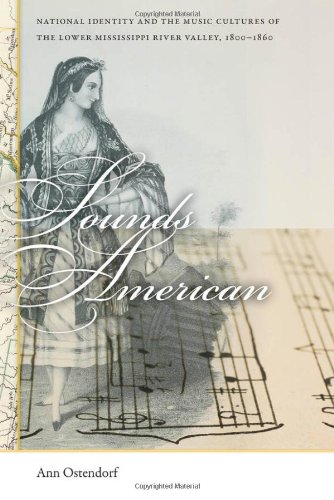

Most ebook files are in PDF format, so you can easily read them using various software such as Foxit Reader or directly on the Google Chrome browser.
Some ebook files are released by publishers in other formats such as .awz, .mobi, .epub, .fb2, etc. You may need to install specific software to read these formats on mobile/PC, such as Calibre.
Please read the tutorial at this link: https://ebookbell.com/faq
We offer FREE conversion to the popular formats you request; however, this may take some time. Therefore, right after payment, please email us, and we will try to provide the service as quickly as possible.
For some exceptional file formats or broken links (if any), please refrain from opening any disputes. Instead, email us first, and we will try to assist within a maximum of 6 hours.
EbookBell Team

4.8
54 reviewsSounds American provides new perspectives on the relationship between nationalism and cultural production by examining how Americans grappled with musical diversity in the early national and antebellum eras.
During this period a resounding call to create a distinctively American music culture emerged as a way to bind together the varied, changing, and uncertain components of the new nation. This played out with particular intensity in the lower Mississippi River valley, and New Orleans especially. Ann Ostendorf argues that this region, often considered an exception to the nation—with its distance from the center of power, its non-British colonial past, and its varied population—actually shared characteristics of many other places eventually incorporated into the country, thus making it a useful case study for the creation of American culture.
Ostendorf conjures the territory’s phenomenally diverse “music ways” including grand operas and balls, performances by church choirs and militia bands, and itinerant violin instructors. Music was often associated with “foreigners,” in particular Germans, French, Irish, and Africans. For these outsiders, music helped preserve collective identity. But for critics concerned with developing a national culture, this multitude of influences presented a dilemma that led to an obsessive categorization of music with racial, ethnic, or national markers. Ultimately, the shared experience of categorizing difference and consuming this music became a unifying national phenomenon. Experiencing the unknown became a shared part of the American experience.